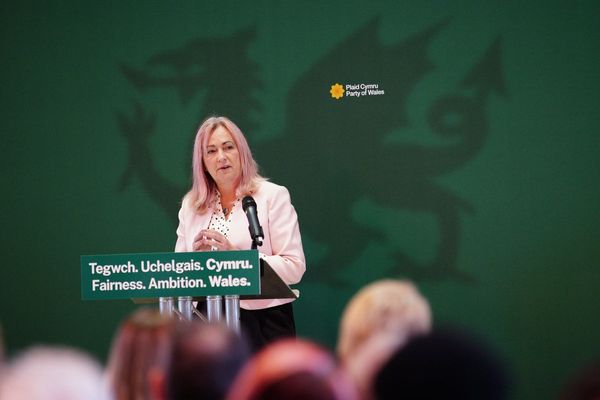Tamil Nadu’s capital spending in the first three quarters (April-December) of the financial year 2022 has been substantially higher than the pre-COVID levels for the same period in 2020.
The capital expenditure stood at ₹25,227.36 crore in April-December of 2021-22, compared with ₹13,902.56 crore in the same period of 2019-20, according to the provisional figures from the Comptroller and Auditor-General.
The capital expenditure incurred, as of December 2021, is also about 57% of the budgeted estimates of ₹44,366.84 for 2021-22.
Capital expenditure includes outlay for creation of infrastructure and loan repayment. It helps in improving the economic activity and creating jobs.
The capital spending by the 24 States expanded year on year by 50% to about ₹2,80,000 crore in April-December of 2022. It also grew a healthy 23% from the pre-pandemic level of about ₹2,30,000 crore in the comparable period of 2020, Aditi Nayar, chief economist at ratings firm ICRA, said in a report.
Capital spending was primarily driven by Andhra Pradesh, Madhya Pradesh, Nagaland, Punjab, Rajasthan, Tamil Nadu, Telangana and Uttar Pradesh. Ms. Nayar noted that actual capital spending in recent years had tended to be 75% of the budgeted level among the States.
Meanwhile, Tamil Nadu’s revenue was ₹1,33,872.67 crore, as of December 2021, 66.11% of the budgeted amount for 2021-22. This is also higher than the ₹1,23,128.63 crore during the pre-COVID period of April-December, 2020.
Within the revenue receipts, the State’s Own Tax Revenue (SOTR) was ₹81,105.92 crore at the end of the third quarter of 2022, which is higher than the pre-COVID level of ₹73,729.56 crore for the same period of 2020.
The SOTR accounts for over 70% of the State’s total revenue and includes the State GST, value added tax on petroleum products and registration and liquor revenue.
The State’s revenue expenditure stood at ₹1,522,68.59 crore during April-December 2021, higher than ₹1,49,314.23 crore in April-December 2019. However, it was only 57.40% of the budgeted amount for 2021-22, compared with 67.72% in the same period for 2020.
As a result, the State’s borrowings have been lesser so far this fiscal. The State has so far borrowed ₹62,400 crore, 22% lower than ₹79,500 crore borrowed in the comparable period last year. Tamil Nadu’s revenue deficit at the end of the third quarter was ₹18,395.92 crore, against the budgeted level of ₹62,760.10 crore.
The State Budget for 2022-23, which is be presented soon, will be keenly watched for reforms to improve the finances, especially with the conclusion of the urban local bodies elections.







